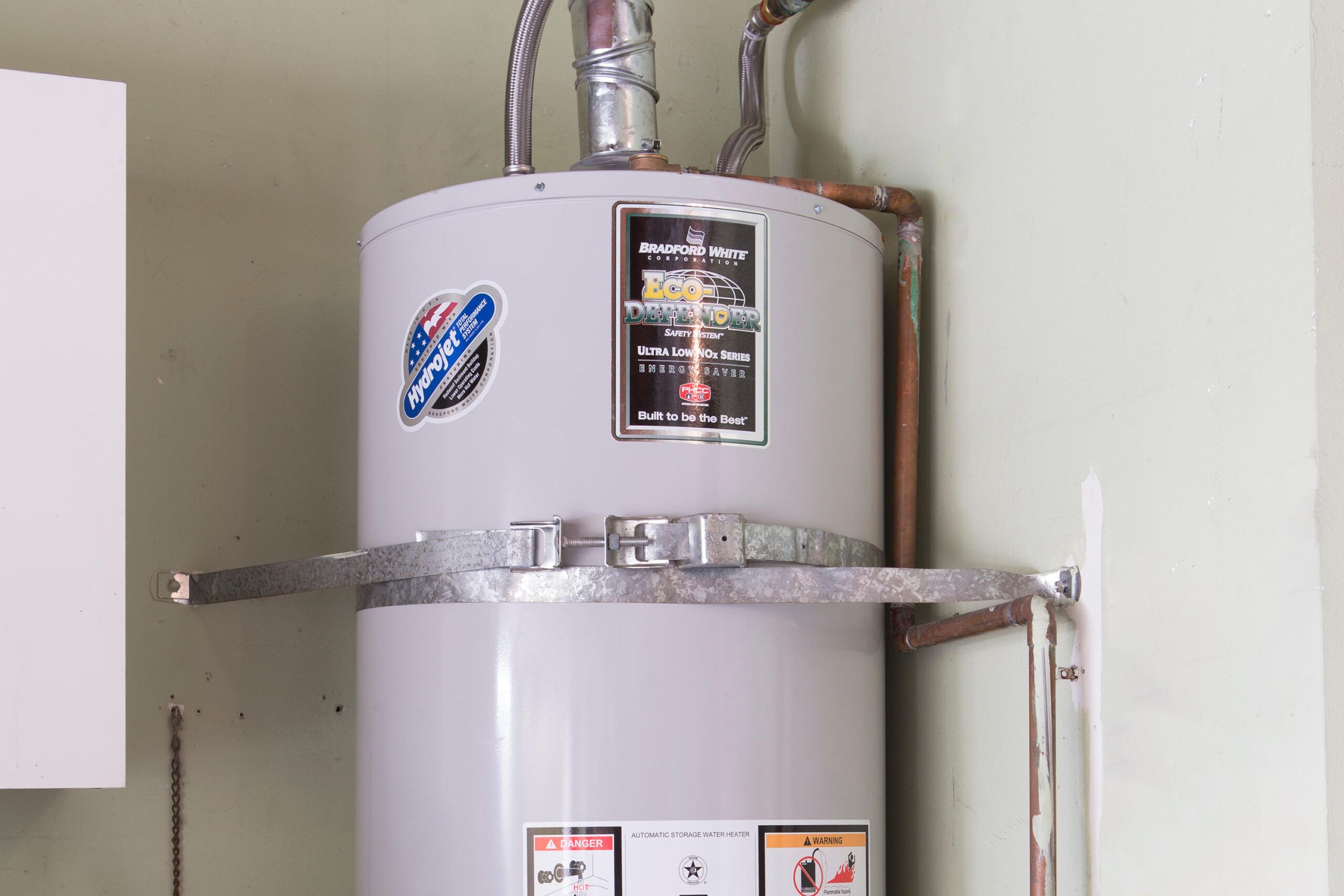What're your opinions about What Kind of Maintenance Do Water Heaters Need??

Hot water is necessary for everyday comfort, whether it's for a rejuvenating shower or washing dishes. To ensure your hot water system runs efficiently and lasts much longer, routine upkeep is vital. This write-up supplies sensible ideas and insights on exactly how to maintain your home's warm water system to prevent disruptions and pricey repair services.
Intro
Keeping your home's hot water system might appear complicated, however with a few simple steps, you can guarantee it operates smoothly for several years to find. This guide covers everything from comprehending your warm water system to DIY upkeep ideas and understanding when to hire professional assistance.
Relevance of Preserving Your Hot Water System
Normal upkeep not only prolongs the life expectancy of your warm water system however also guarantees it operates effectively. Neglecting upkeep can cause reduced performance, greater power expenses, and even early failure of the system.
Indicators Your Warm Water System Demands Maintenance
Understanding when your hot water system requires interest can protect against significant problems. Watch out for signs such as irregular water temperature, odd noises from the heating system, or rustic water.
Comprehending Your Hot Water System
Prior to diving right into upkeep tasks, it's helpful to recognize the basic parts of your warm water system. Usually, this consists of the water heater itself, pipes, anode poles, and temperature controls.
Regular Monthly Upkeep Tasks
Routine month-to-month checks can help catch minor problems prior to they escalate.
Purging the Hot Water Heater
Purging your hot water heater removes sediment accumulation, boosting efficiency and extending its life.
Monitoring and Replacing Anode Rods
Anode poles stop rust inside the container. Examining and replacing them when worn is important.
Evaluating and Adjusting Temperature Level Setups
Readjusting the temperature settings makes sure ideal efficiency and safety.
DIY Tips for Maintenance
You can carry out several maintenance jobs yourself to maintain your hot water system in top condition.
Checking for Leakages
On a regular basis examine pipelines and links for leakages, as these can bring about water damages and higher expenses.
Evaluating Pressure Alleviation Valves
Examining the pressure relief valve guarantees it operates properly and avoids excessive pressure buildup.
Insulating Pipelines
Shielding hot water pipes reduces warmth loss and can conserve power.
When to Call an Expert
While DIY upkeep is valuable, some concerns need professional proficiency.
Complicated Issues Calling For Expert Help
Instances include major leakages, electric issues, or if your hot water heater is continually underperforming.
Routine Professional Upkeep Advantages
Expert upkeep can include comprehensive inspections, tune-ups, and making certain compliance with safety and security requirements.
Final thought
Regular upkeep of your home's hot water system is crucial for effectiveness, longevity, and expense savings. By adhering to these suggestions and recognizing when to seek specialist assistance, you can ensure a trusted supply of hot water without unexpected interruptions.
Water Heater Maintenance Tips
Test the TPR Valve
Shut off the power and the cold-water supply valve. Place a bucket under the pipe connected to the temperature-pressure-release (TPR) valve on the top or side of the tank. (This valve opens if the tank pressure gets too high.) Lift the valve’s tab to let some water out, then let go. If water keeps flowing, drain the tank partway, unscrew the old valve with a pipe wrench, and install a new one. Check the Anode Rod
Put a hose to the tank’s drain cock and let out a few gallons of water. Now fit a 1 1/16-inch socket onto the rod’s hex head on top of the heater (or under its top plate) and unscrew the rod. If it’s less than ½ inch thick or coated with calcium, buy a new one, wrap its threads with Teflon tape, put it back in the tank, and tighten securely. Use this segmented rod if headroom above the tank is limited. Drain the Tank and Wash Out Sediment
Drain the remaining water in the tank into the bucket, then stir up the sediment on the tank’s bottom by briefly opening the cold-water supply valve. Drain and repeat until clean water comes out of the hose. Close the drain cock, refill the tank, and turn its power back on. Adjust the Temperature
Find the temperature dial on the side of the tank and unscrew its cover. Adjust the dial to 120 degrees using a flathead screwdriver. For every 10 degrees the temperature is lowered, you can expect to save up to 5 percent in energy costs. Turn the water heater off or the thermostat down to its lowest setting if you plan to be away from home for more than three days. Insulate the Pipes
Buy some self-sticking 3/8-inch-thick foam pipe insulation that matches the pipes’ diameter. Slide the foam over the hot-and cold-water pipes as far as you can reach. Insulating the cold-water pipe prevents condensation in summer. Peel the tape and squeeze the insulation closed. If the pipe is 6 inches or less from the flue, cover it with 1-inch-thick unfaced fiberglass pipe wrap. https://www.thisoldhouse.com/plumbing/21016402/how-to-maintain-a-water-heater

Do you enjoy more info about How to Maintain Your Water Heater & Prolong its Life? Make a remark down below. We'd be pleased to see your opinion about this content. Hoping that you come back again soon. Sharing is good. Helping others is fun. I love your readership.
Request Appointment